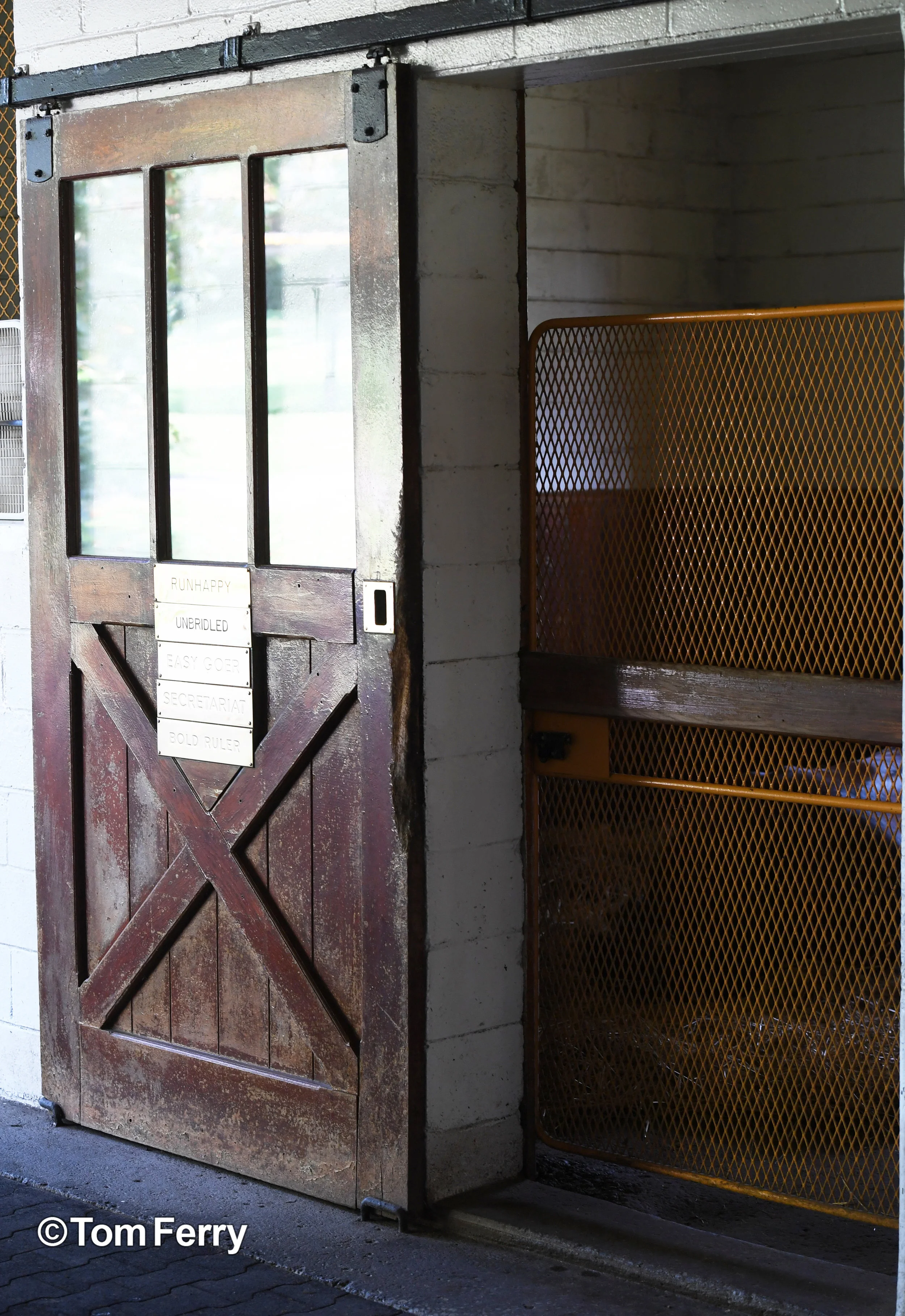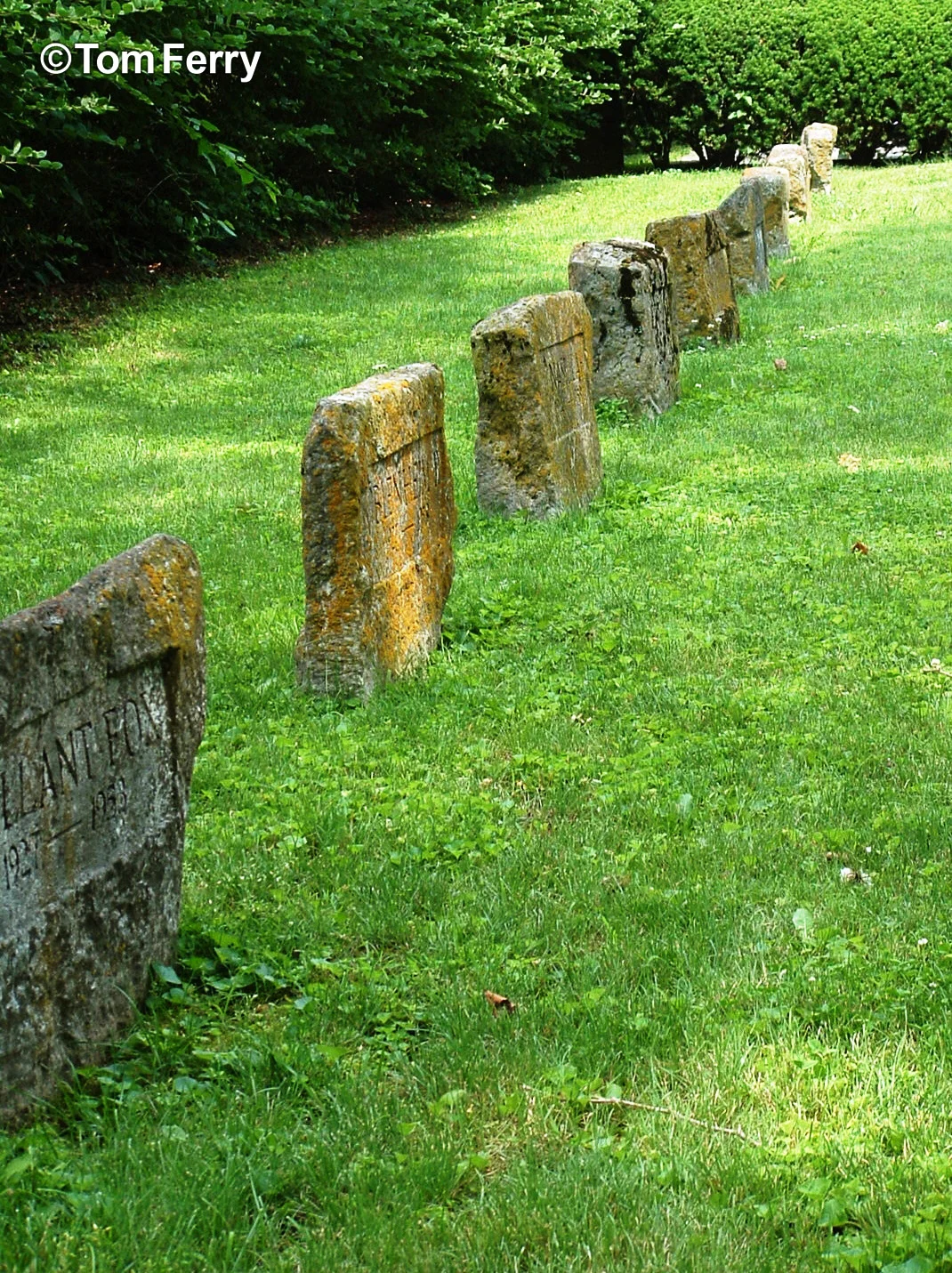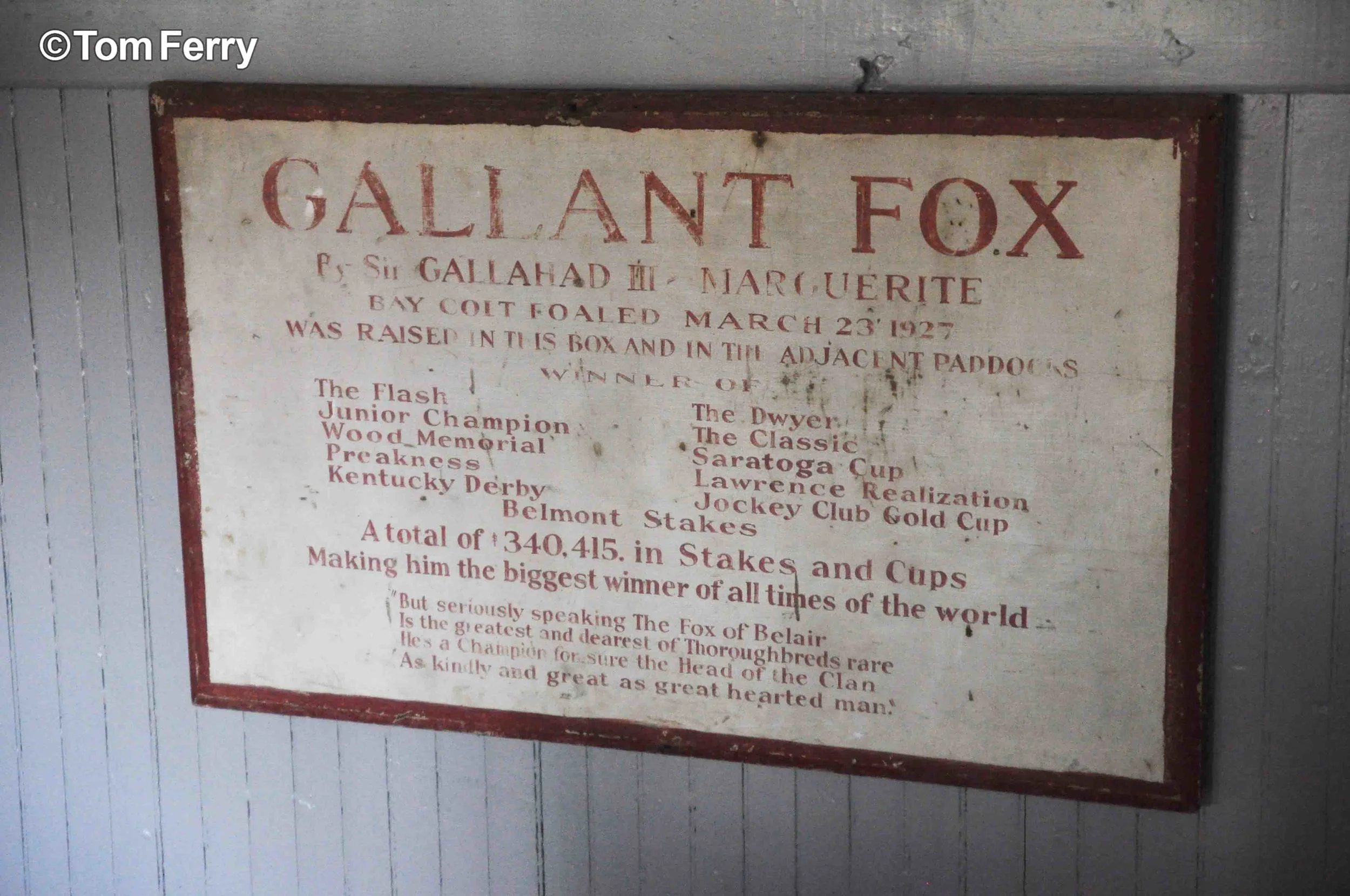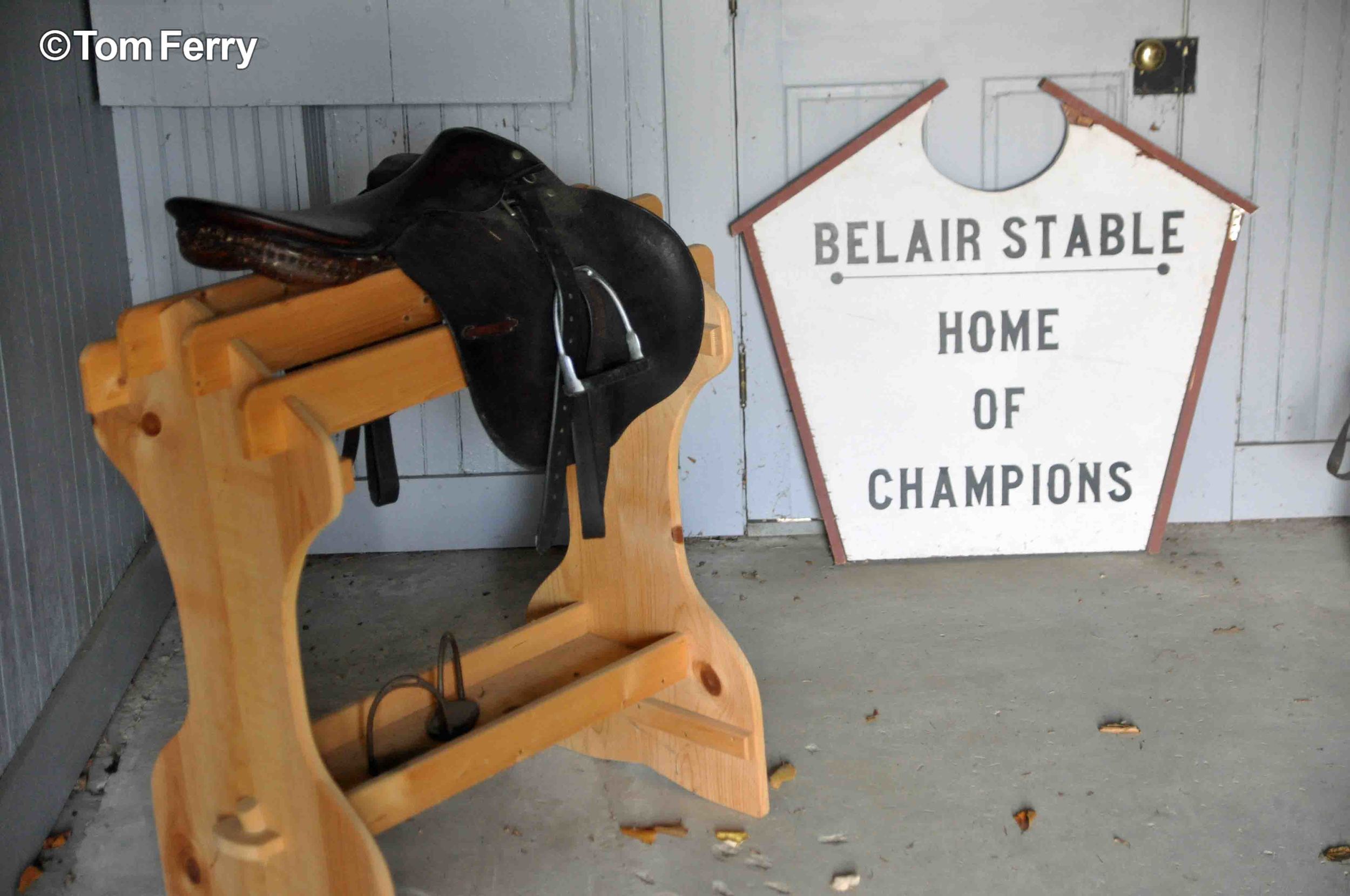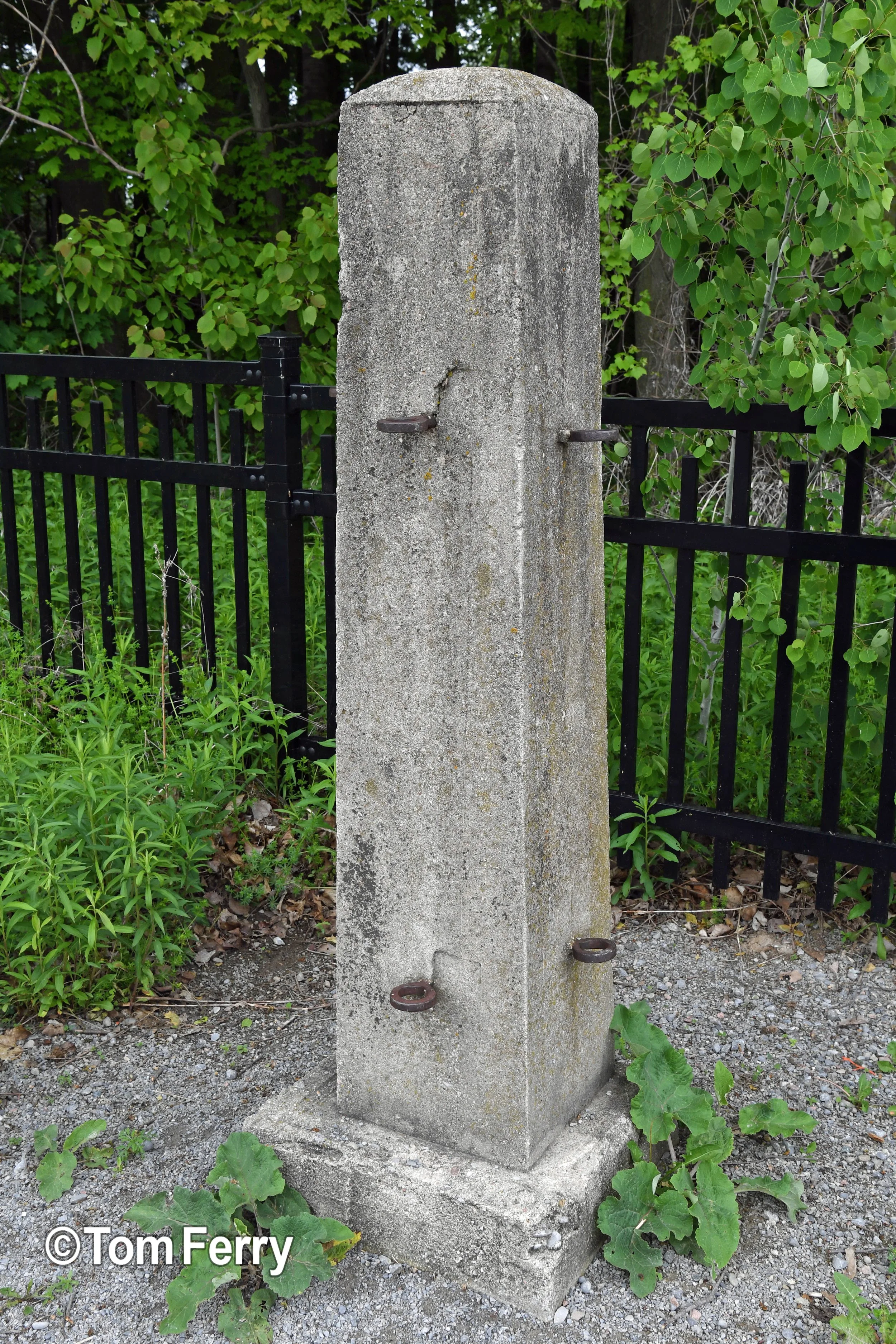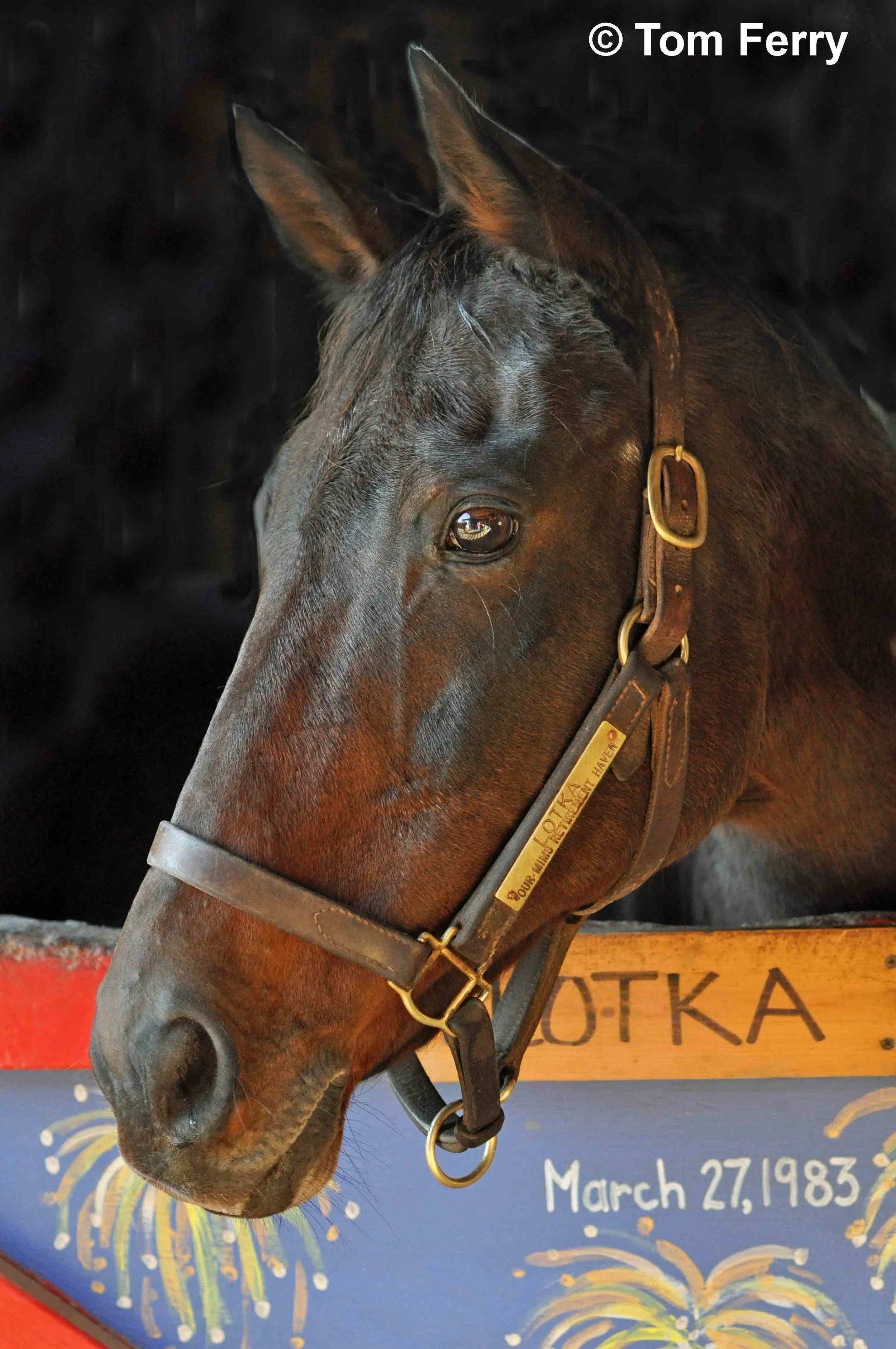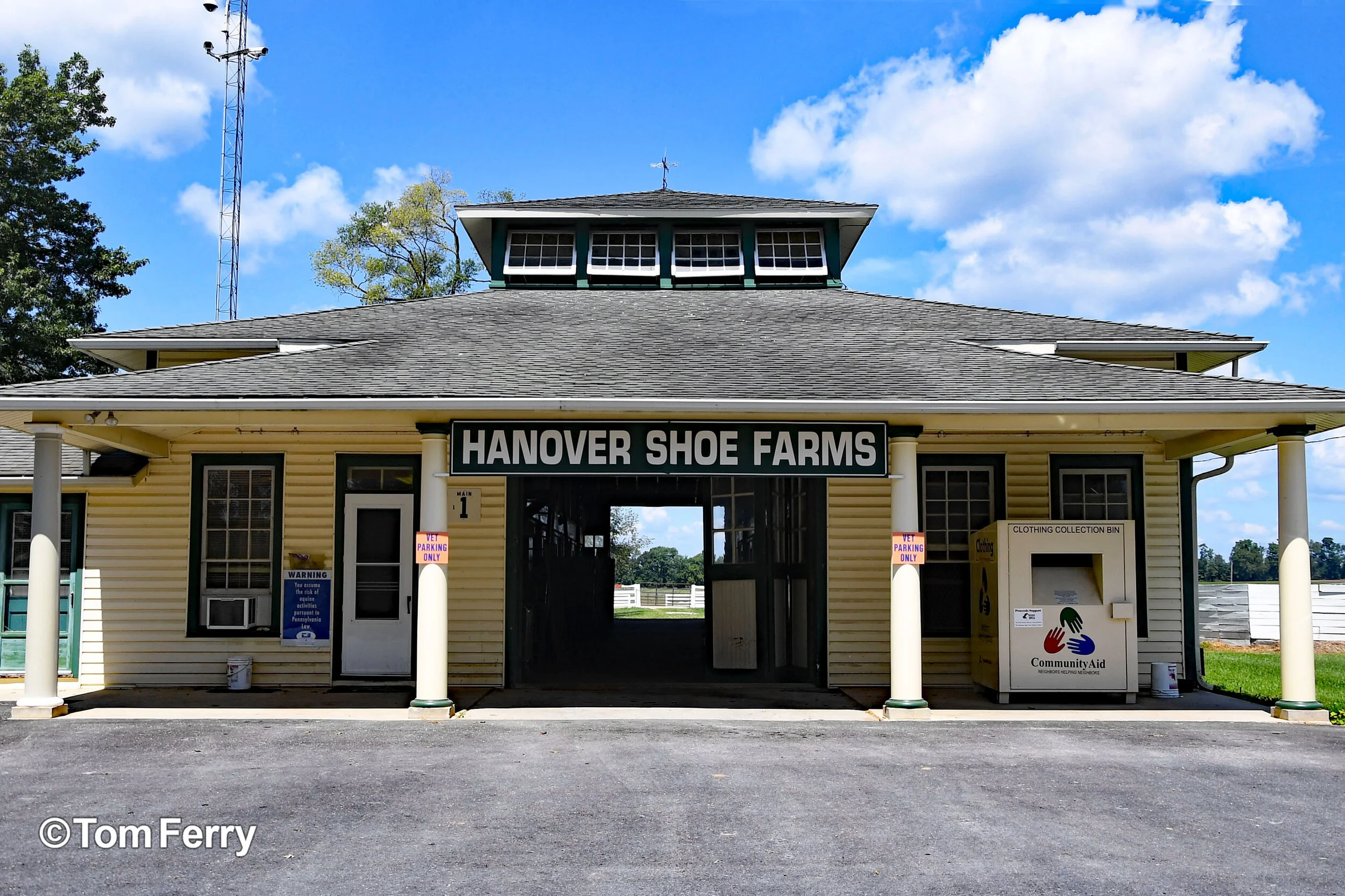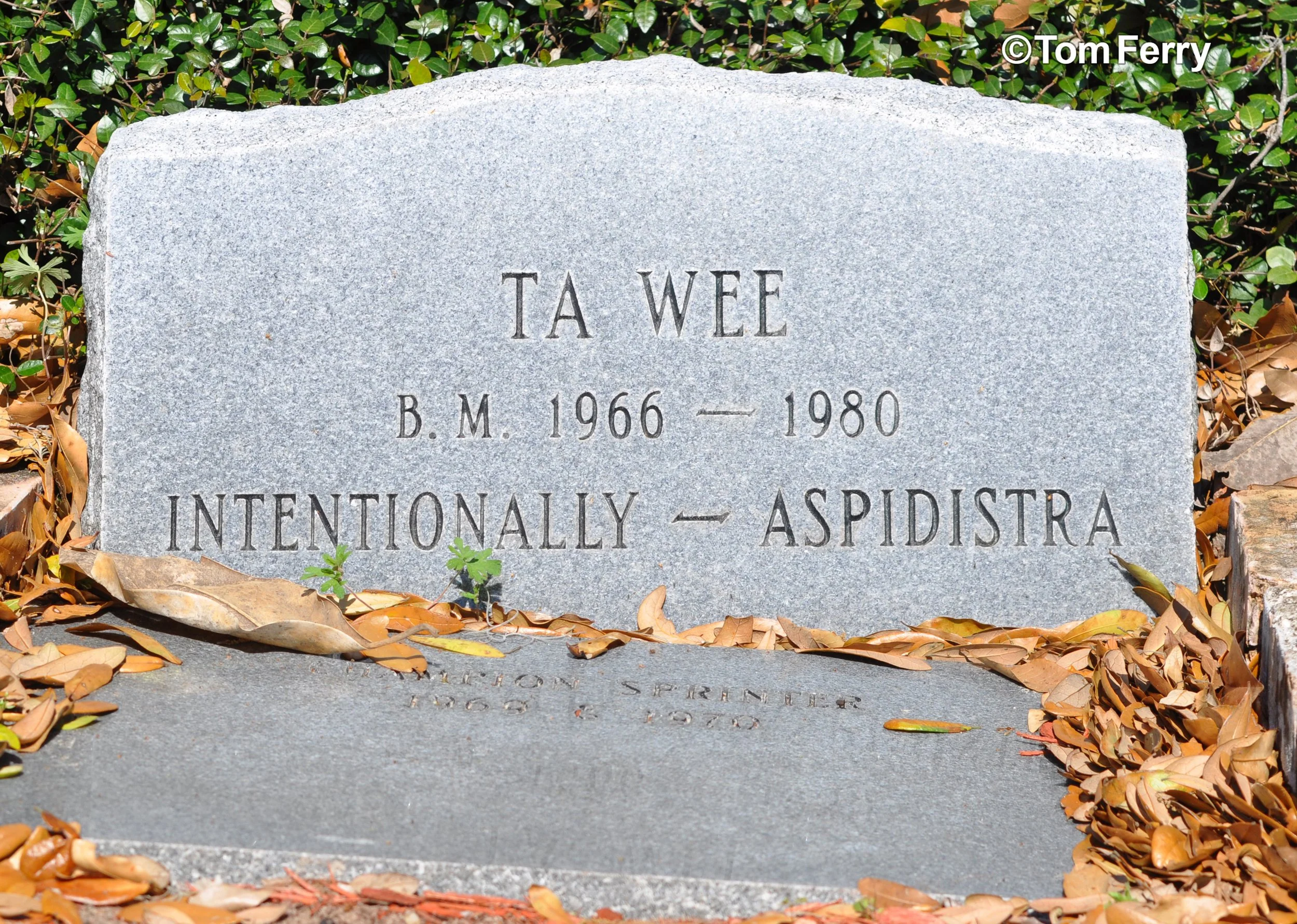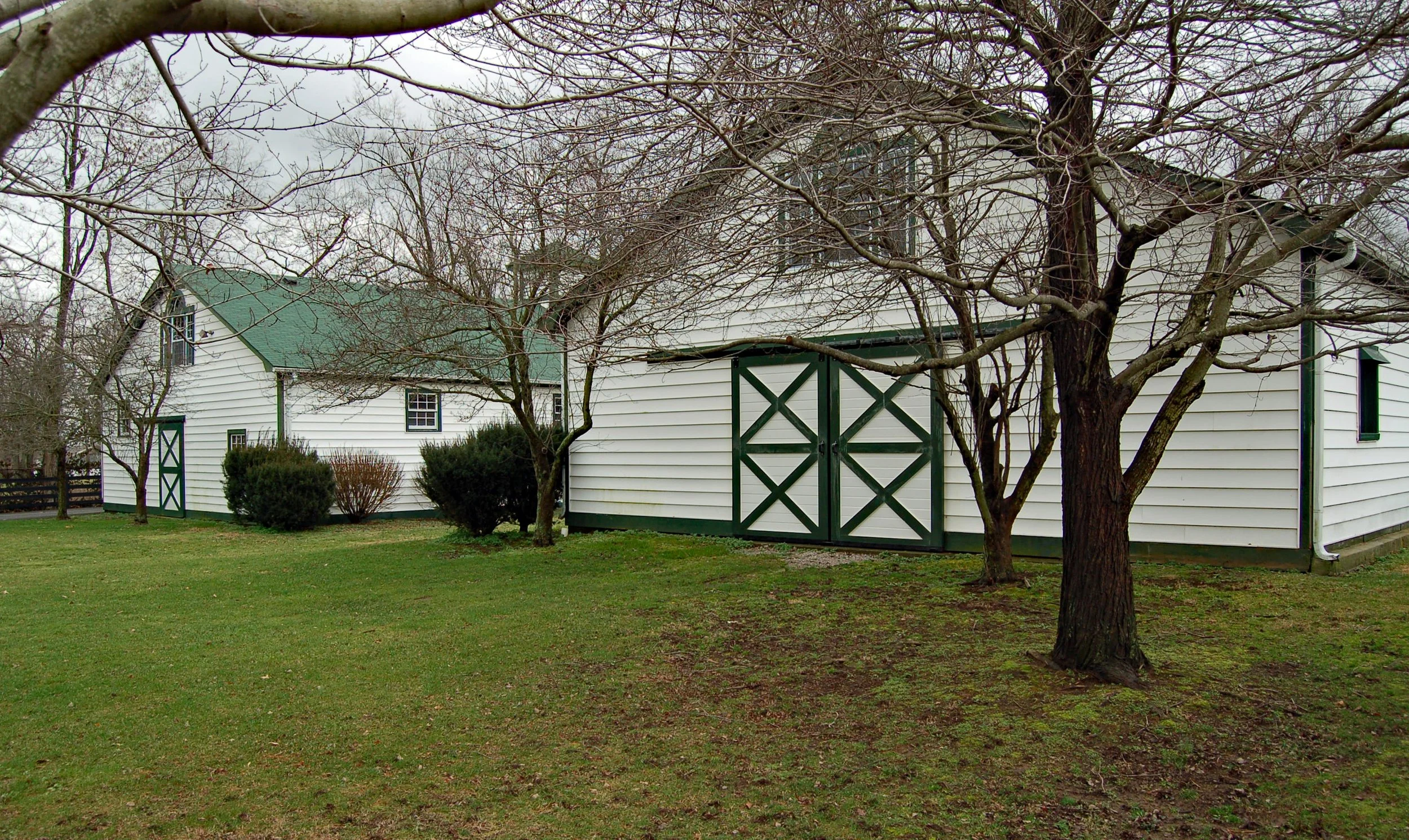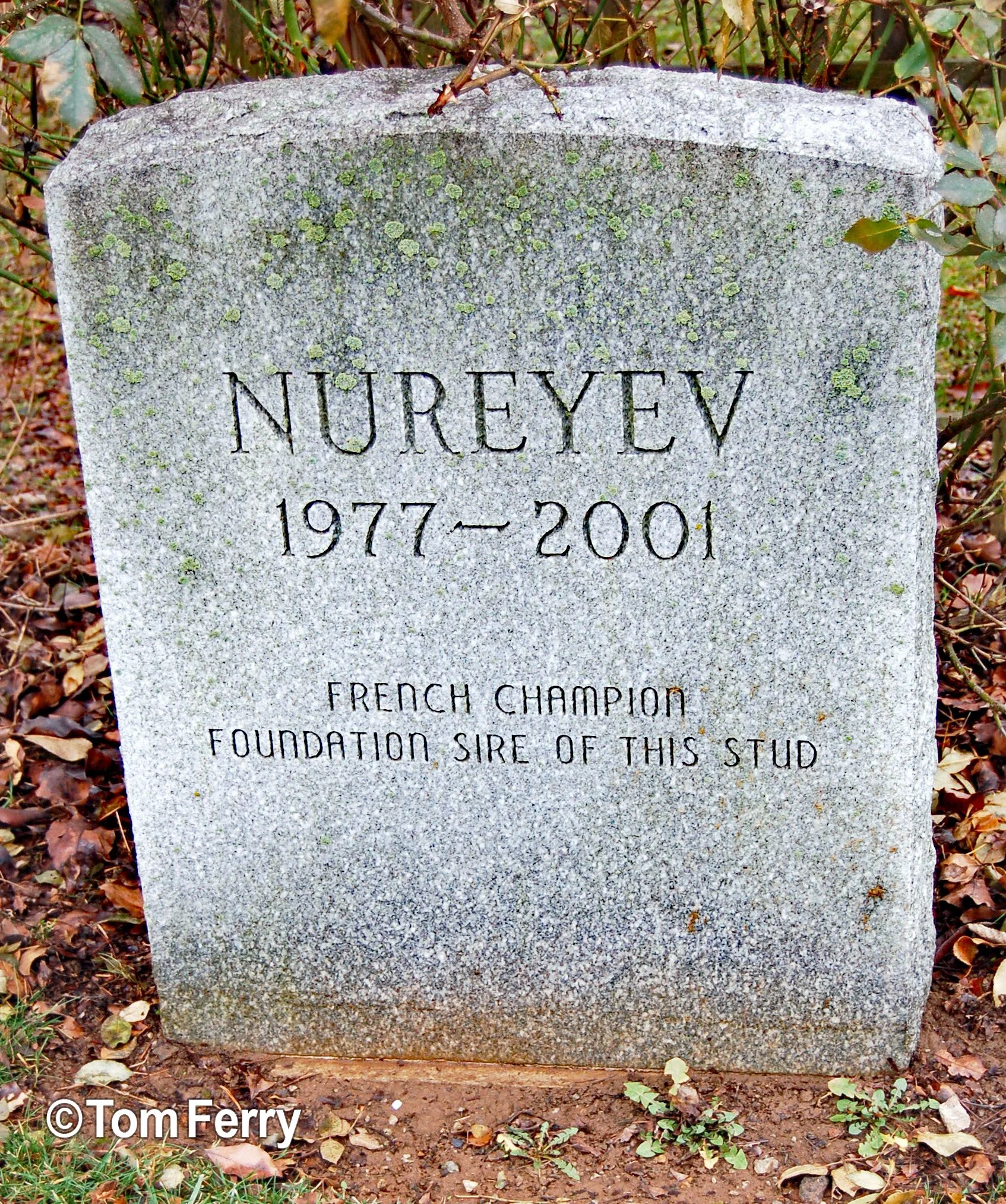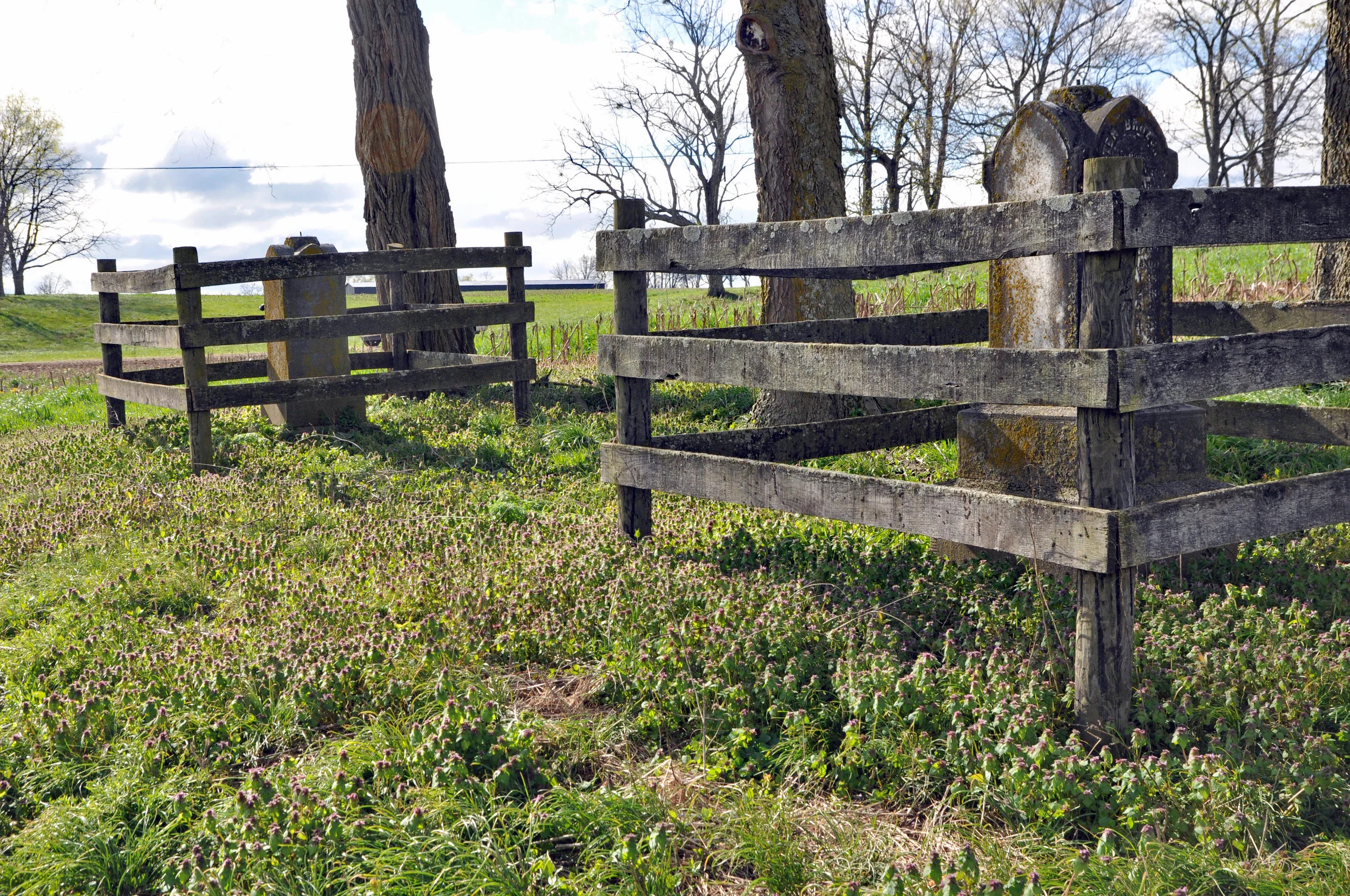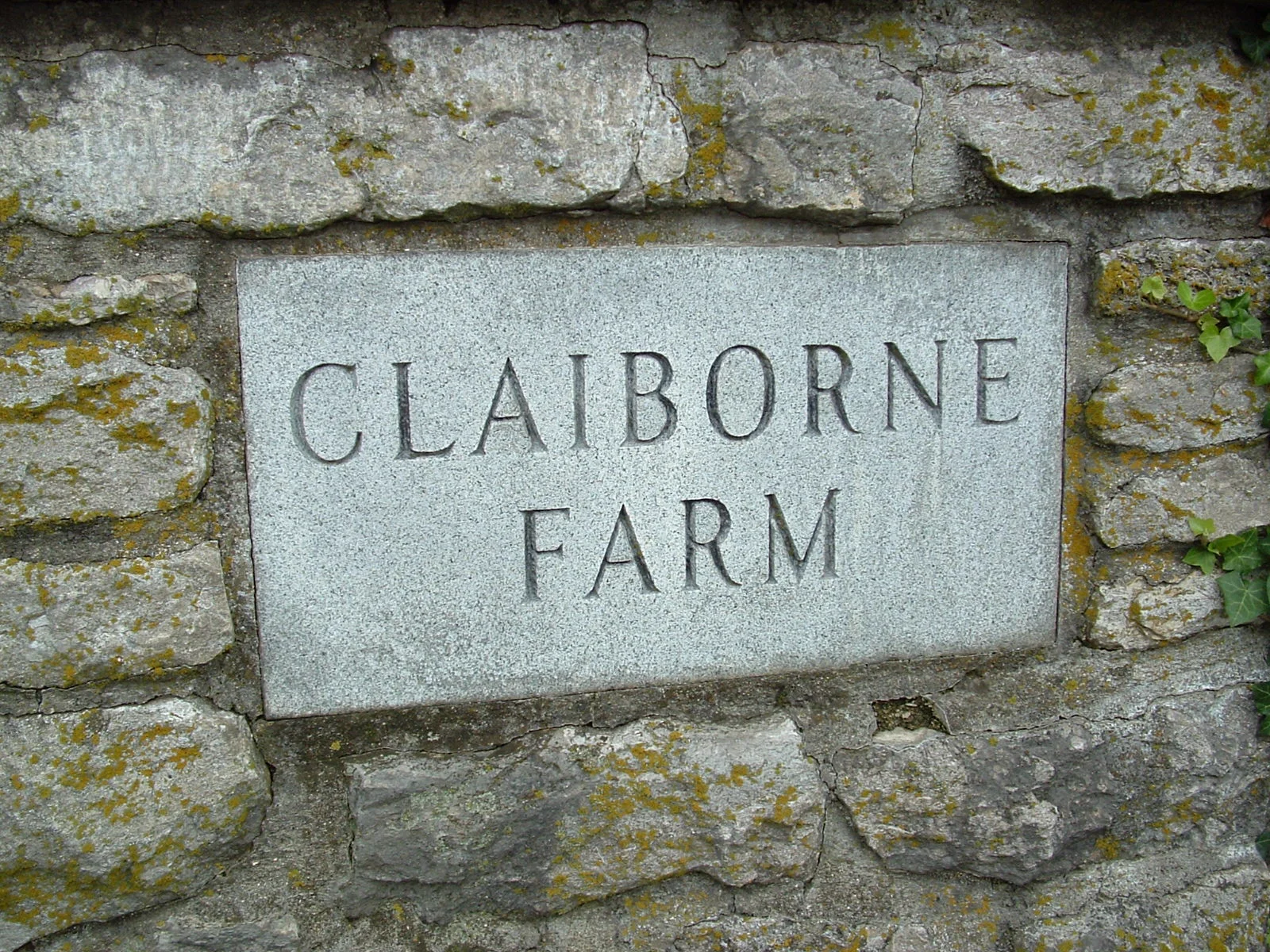
15
Claiborne Farm
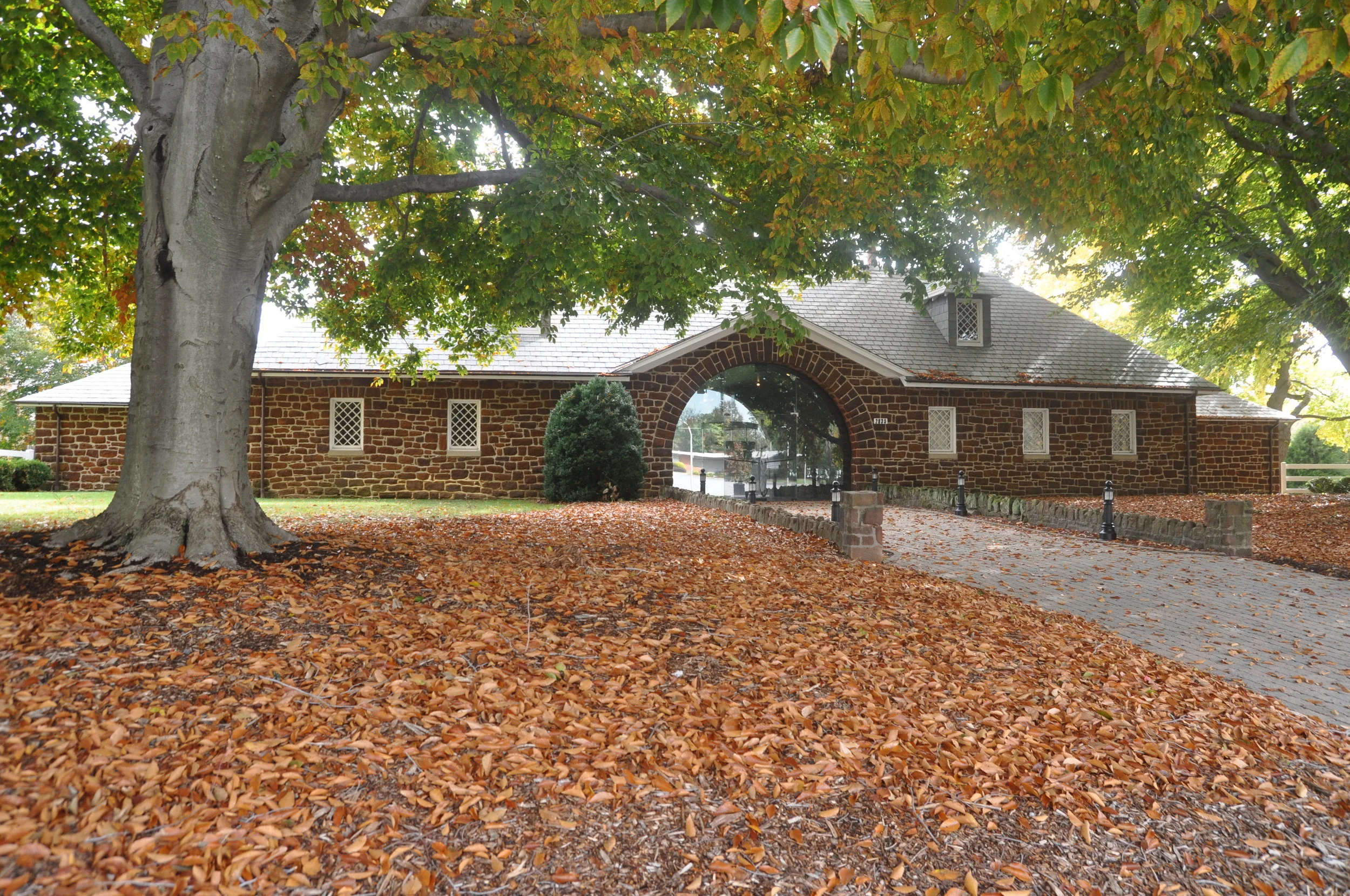
11
Belair

15
Faraway Farm

20
Calumet Farm

23
Seabiscuit's Ridgewood Ranch

8
Sagamore Farm
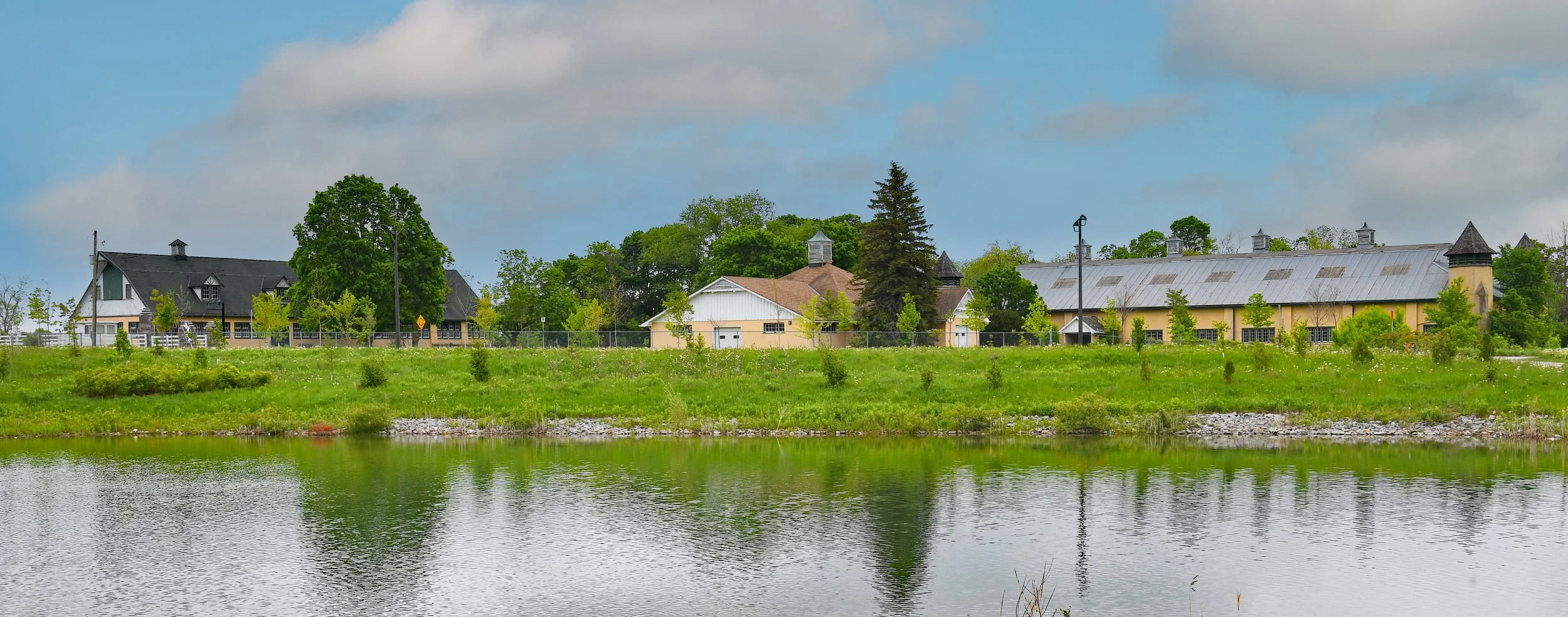
16
Winfields Farm - Canada (1950-2009)

14
Elmendorf Farm
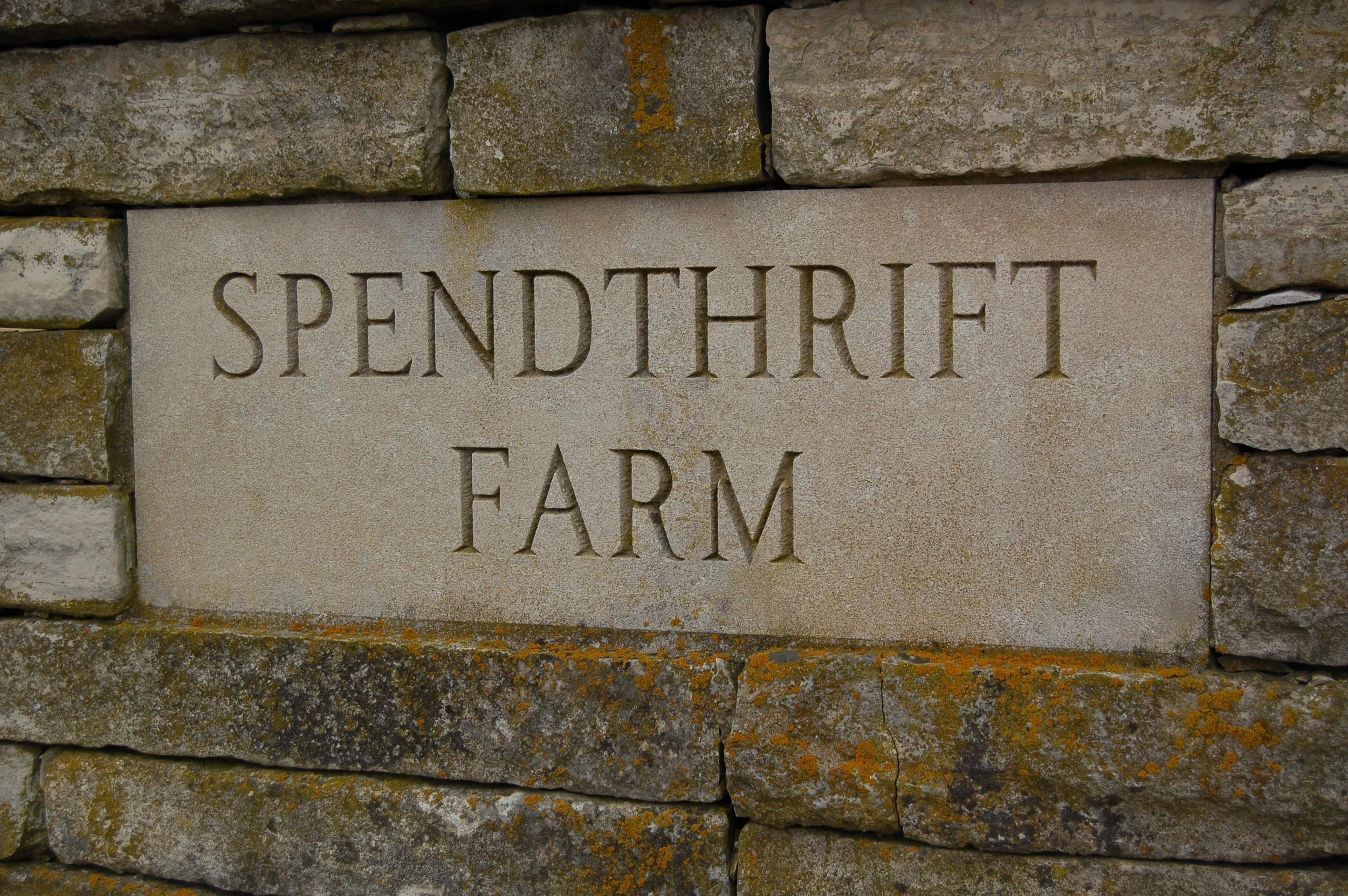
13
Spendthrift Farm

16
Old Friends

13
Our Mims Retirement Haven

9
Woodstock Farm

5
Hill 'N Dale Farm

9
Meadow Farm

18
Sam-Son Farm - Canada

7
Gainesway Farm

28
Sanford Stud Farm

8
Adena Springs-Kentucky (2007-2021)

6
Hermitage Farm

6
Darley at Jonabell Farm

8
6666 Ranch

8
Coolmore at Ashford Stud

7
Runnymede Farm

8
Three Chimneys Farm

9
Danada Farm

11
Shadwell Farm
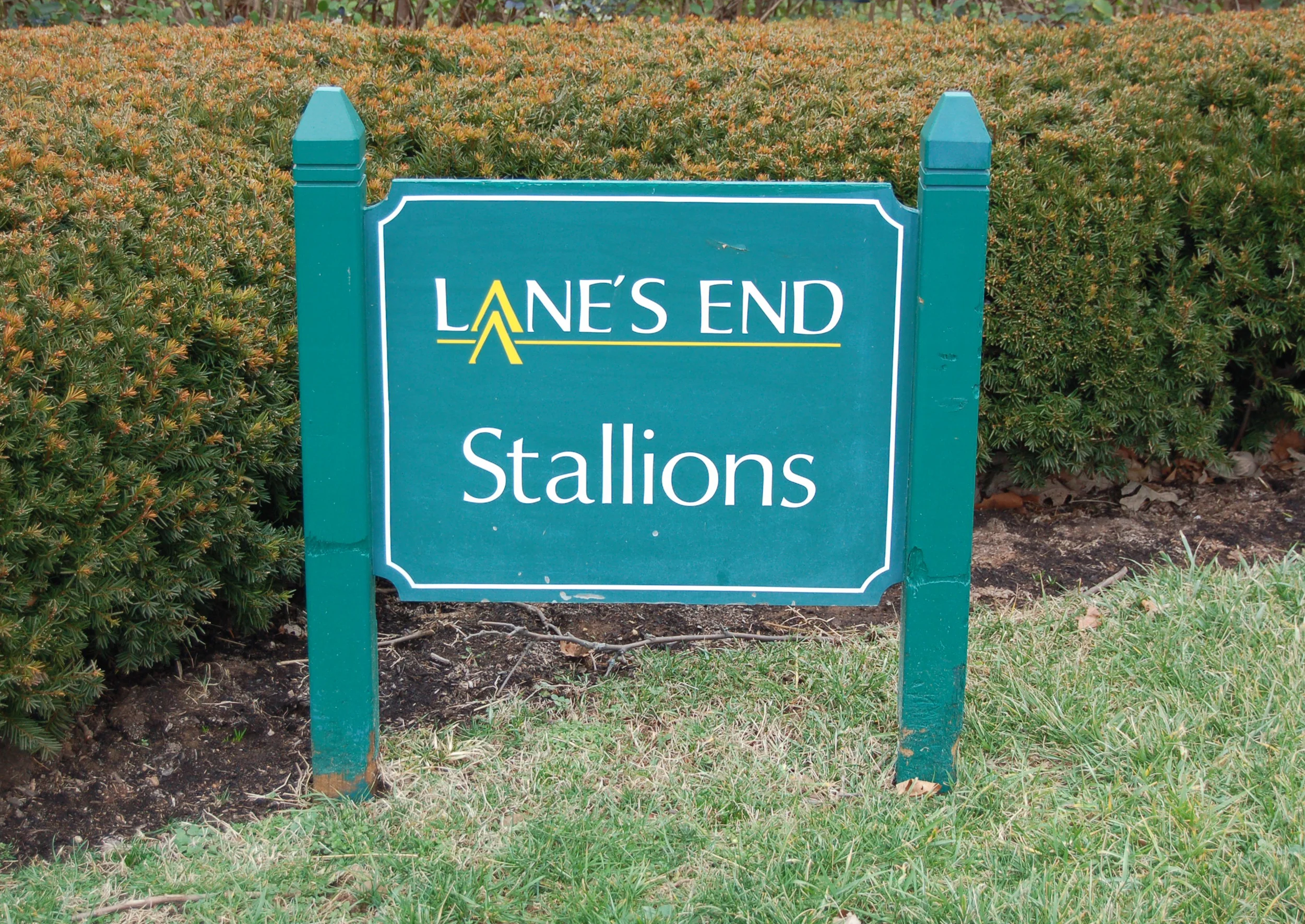
4
Lanes End Farm

10
Mill Ridge

3
WinStar Farm

8
Hanover Shoe Farms

9
Dan Patch's Indiana

7
Tartan Farms

7
Denali Stud

9
Red Gate Farm

11
Greyhound's Stall
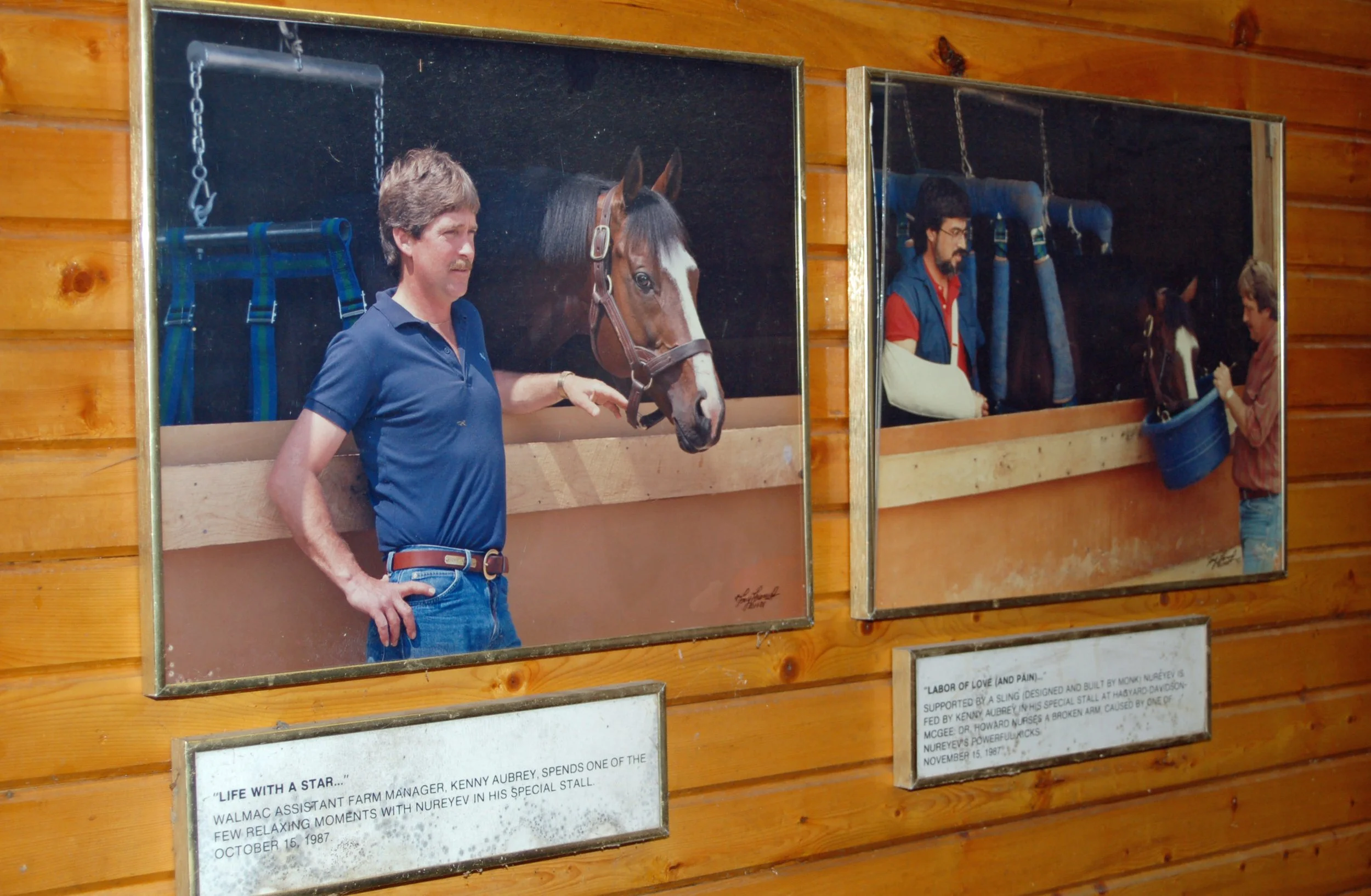
6
Nureyev's Barn at Walmac

7
Nantura Stock Farm (1795-1905)

5
Ocala Stud

9
Belle Meade Plantation

4
Windy Hills Farm

11
Kingfield Farms

3
Bashford Manor (1887-1922)

4
Leona Farms (1920-1943)

29
American Farms and Barns




